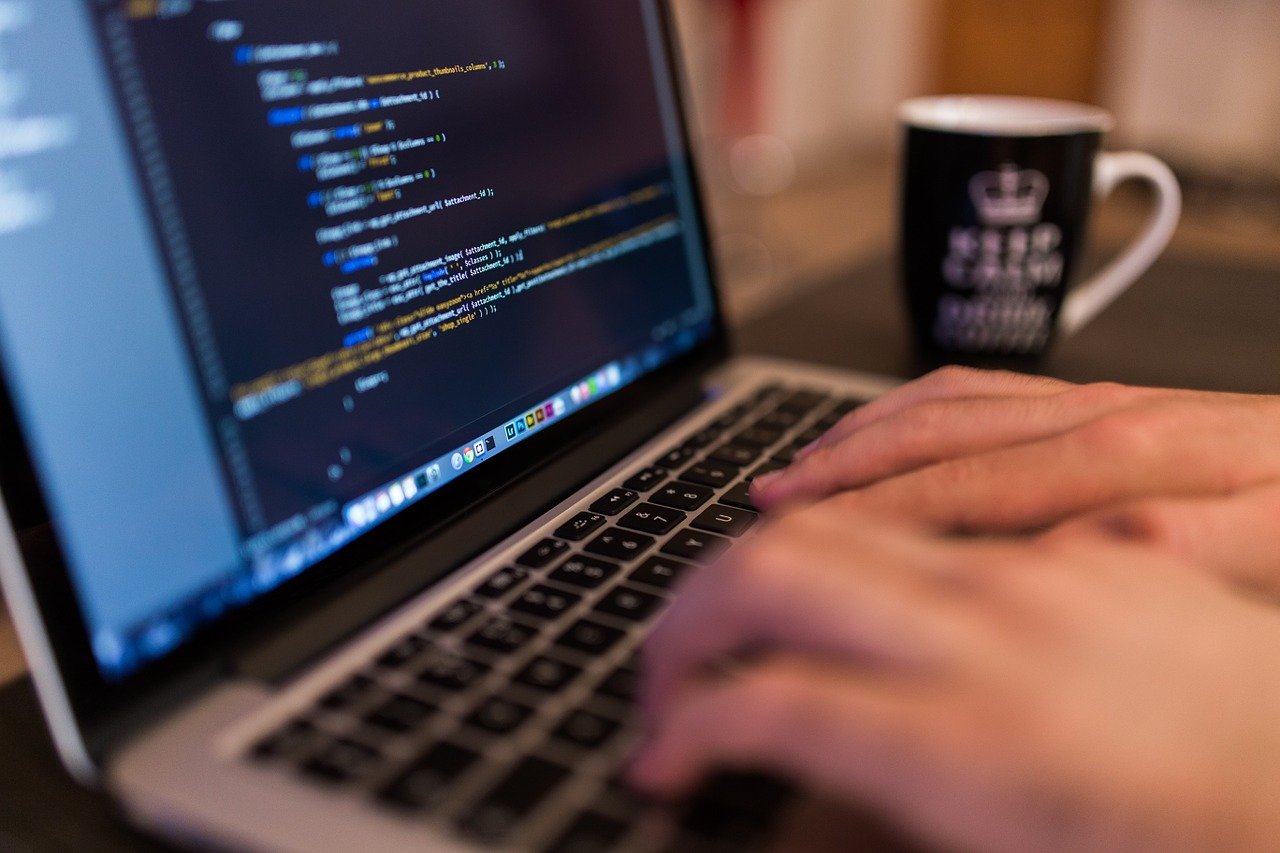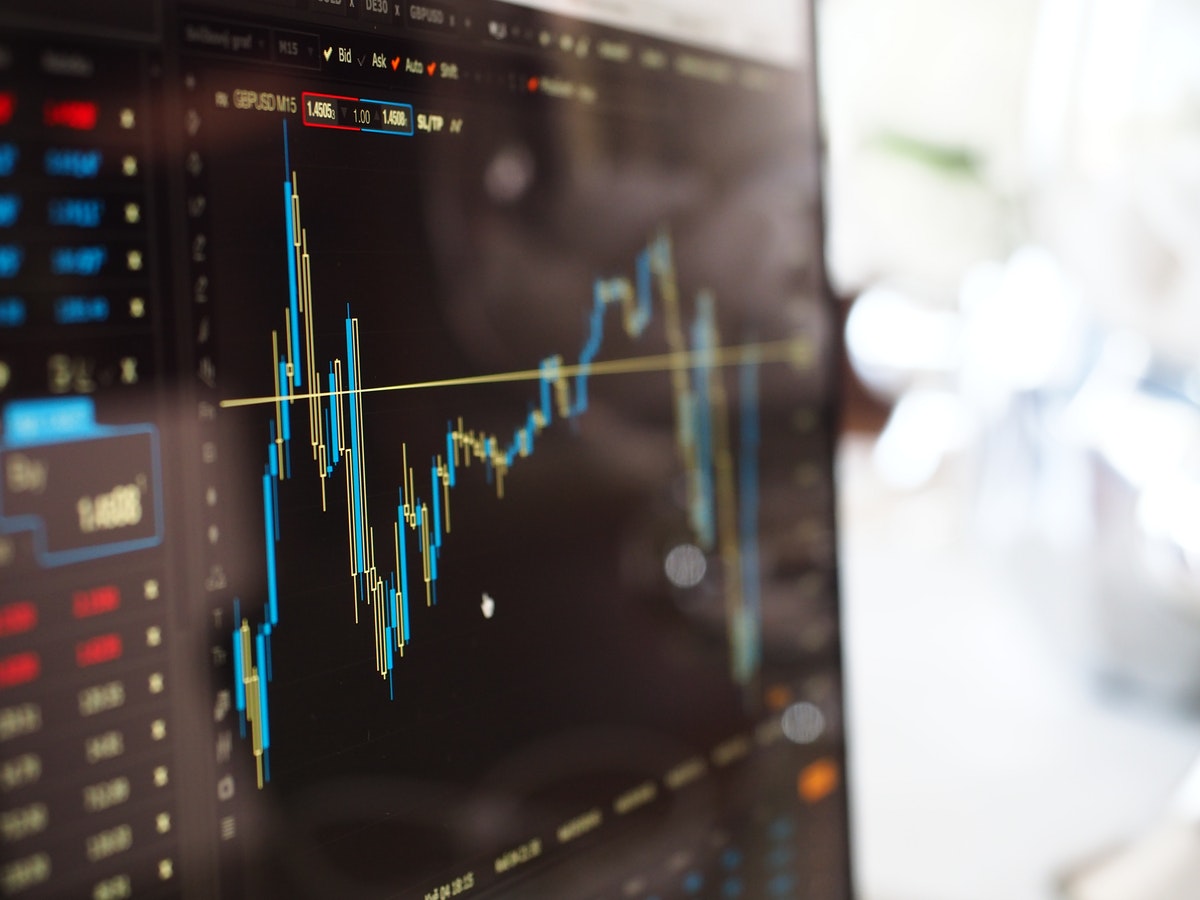
Blockchain Courses Will Be Top Trend in 2020 according to Deloitte
According to Deloitte, 2020 could be the “blockchain decade”. 2019 was a great year for Blockchain. Huge companies have embraced blockchain and the trend continues in 2020.
This is the moment that the blockchain enthusiasts have been waiting for. Blockchain is starting to create a real impact cross-industries.
Deloitte published its 2019 Global Blockchain Survey, in which it recognizes blockchain as a priority for companies.
The blockchain trend goes beyond the private sector. World’s governments have seen blockchain’s potential and are trying to accelerate the adoption of blockchain.
The good news is that even former critics of the technology are now shifting. The US Federal Reserve is now exploring a digital dollar on blockchain.
Consider all these, Deloitte might be right in considering 2020 the “blockchain decade”. Each technology had a rough time at its beginnings but also took all the interest for a decade. The internet had its decade in the early 2000s. Social media took the world by surprise in the 2010s and the blockchain and IoT can dominate the 2020s.
But all this demand for blockchain drives demand for blockchain developers, the supply is nowhere near to compensate. Some reports state that the demand for blockchain engineers got up by 51% in 2019, at a global scale.
But blockchain development is still a new feature. Universities are slow in implementing courses to prepare future blockchain engineers. And this raises the obvious question. With all this demand and the lack of traditional education in aid, where do we get the engineers to build the future of blockchain?
The Ivan on Tech Academy: the World’s Largest Blockchain Academy
Someone already thought of a solution.
The Ivan on Tech Academy is an online blockchain academy, probably the largest at the moment. The academy prepares students with all they need to know about crypto and blockchain.
Also, the academy helps its students to get a real job in blockchain development.
The courses provided by the blockchain academy do not have any prerequisites. That means they are open for anyone who is willing to learn about the blockchain technology.
After LinkedIn announced the raise of blockchain jobs, many have decided to look for blockchain courses, regardless of having any programming experience.
Who is behind Ivan on Tech Academy?
The name and idea came from the Ivan on Tech YouTube channel. The channel has over 200k subscribers and it focuses on blockchain and crypto education.





